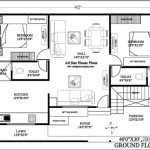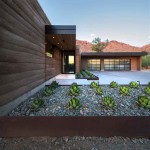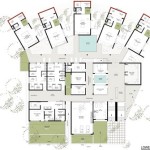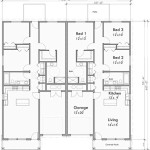Essential Aspects of Sydney Opera House Plans Elevations
The Sydney Opera House, an architectural masterpiece and global icon, is renowned for its distinctive and innovative design. The plans and elevations of this remarkable structure played a crucial role in shaping its iconic form and function.
Shell Structure and Geometry
The most striking feature of the Sydney Opera House is its shell-shaped roof, which consists of 1,056 precast concrete segments. The complex geometry of these shells creates a captivating visual effect, while their interlocking design provides structural stability. The shells are supported by a series of arched rib structures, forming an intricate web-like framework.
Acoustics and Performance Spaces
The acoustics of the Sydney Opera House are equally renowned. The design team, led by Danish architect Jørn Utzon, carefully calculated the curvatures of the shells to optimize sound reflection and diffusion. This resulted in exceptional acoustics, enhancing the experience for performers and audiences alike. The building houses three main performance spaces: the Concert Hall, the Opera Theatre, and the Drama Theatre. Each space is tailored to specific acoustic requirements.
Functional Layout and Accessibility
The Sydney Opera House is not merely an architectural marvel; it is also a highly functional performing arts center. The plans and elevations reflect this, with a well-considered layout that facilitates smooth traffic flow and accessibility. The foyer areas are spacious and inviting, leading into the various performance spaces. The building is wheelchair-accessible, allowing all visitors to fully experience its beauty.
Integration with Landscape
The Sydney Opera House is carefully integrated into its surroundings. It sits on Bennelong Point, a peninsula jutting into Sydney Harbour. The design incorporates the natural landscape, with a series of terraces and walkways connecting the building to the harbor foreshore. This harmonious relationship creates a unique and immersive experience for visitors and performers alike.
Sustainability and Energy Efficiency
In recent years, the Sydney Opera House has undergone renovations to improve its sustainability and energy efficiency. New systems have been installed to reduce water and energy consumption, and the use of natural light has been maximized throughout the building. These upgrades demonstrate the ongoing commitment to the Opera House's legacy as an architectural and environmental icon.
Preservation and Heritage Significance
The Sydney Opera House has been recognized for its exceptional architectural and cultural value. It was inscribed on the UNESCO World Heritage List in 2007, highlighting its importance as a global landmark. The Opera House is subject to strict preservation guidelines to ensure its integrity and authenticity for future generations.
Conclusion
The plans and elevations of the Sydney Opera House are a testament to the ingenuity and creativity of its architects and engineers. The complex geometries, innovative acoustics, functional layout, and integration with the landscape have created a truly iconic building that has become a symbol of Australia and a global architectural masterpiece.

Sydney Opera House East Elevation Blueprint By Me 1076x602 Building Architecture Design Photography Trip Planning Blueprints

Designing Sydney Opera House Arup

Northern Elevation Opera House Sydney

Buildings We Love Sydney Opera House Myd Architecture Design Blog Moss Yaw Studio

Sydney Opera House East Elevation Blueprint By Me 1076x602 Building Architecture Design Photography Trip Planning Blueprints

Sydney Opera House Top Left Seen From A Distance Right Scientific Diagram

Print Ilrating The Sydney Opera House S Elevation Plan And Sections Designed By Jørn Utzon As A Architectural Prints Pattern Paper Timeless Architecture

Sydney Opera Alz Norte Wikiarquitectura

Sydney Opera House Architecture Jorn Utzon

Buildings Free Full Text Numerical Ysis Of The Creep And Shrinkage Experienced In Sydney Opera House Rise Digital Twin As Future Monitoring Technology








